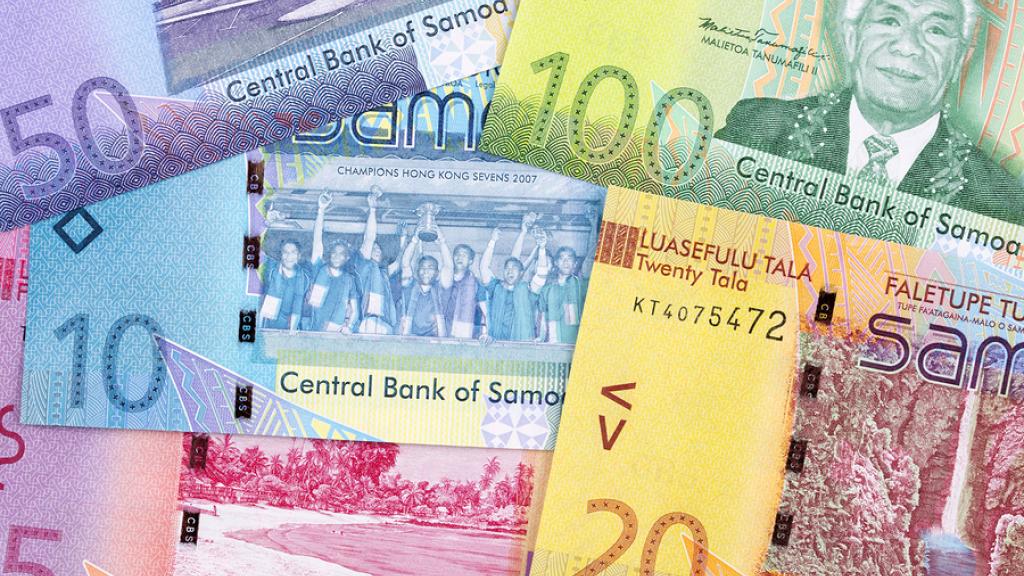Samoa has recorded a historical-high recession in the FY2021 with the country’s border closure resulting in a sharp contraction of tourism, says the World Bank.
In its 2022 Economic Update for the Pacific Islands and East Asia, the multilateral financial institution said in its report released on Monday that the recession experienced in the last financial was a “historical high” and the border closure had also hindered construction activity.
The bank also said that poverty in the country is likely to have risen from latest pre-pandemic rate of 22.7 percent (2018).
“Despite policy support and robust remittances, real GDP contracted by 7.1 percent. Inflation tanked to a historical low of -3.0 percent amid the economic slowdown but has been soaring in recent months,” the bank’s 2022 Economic Update report reads.
“Poverty, measured against national standards of living, is likely to have risen from the latest pre-pandemic rate of 22.7 percent (2018), with urban areas affected more due to the higher concentration of jobs in the services sector.
“Substantial development partner grants, spending under-execution, and favorable tax revenue outturn, reflecting improved tax compliance helped attain a fiscal surplus of 2.2 percent of GDP.
“The current account recorded a substantial deficit (14.3 percent of GDP) as tourism receipts came to a standstill.”
In terms of the country’s outlook, the bank forecast that Samoa’s economy could contract further in the current financial year, driven by border closure and the rise in COVID-19 community cases in March this year.
“In Samoa, the economy is projected to contract further by 5 percent in FY22, driven by the continued border closure and the domestic COVID outbreak in March 2022.”
However, the bank has projected that the economy should bounce back from next year onwards, due to a rise in tourism as well as capital works projects.
“Nonetheless, a gradual recovery is projected from FY23 onwards with growth averaging 3.3 percent in FY23-24.
“The rebound is expected to be driven by a gradual resumption of tourist activity, spillovers to other sectors, and ramping up of capital projects.
“Inflation is estimated at 8.8 percent in FY22 as supply-related shocks to commodity prices continue.
“A modest average fiscal deficit of 1 percent of GDP is projected from FY22-24, supported by a gradual withdrawal of fiscal stimulus and the economic recovery.
The bank’s report added that with the slow recovery in tourism, the current account deficit is projected to remain elevated in FY22 before narrowing over the medium term.
In a statement released on Monday accompanying its Economic Update report, the bank said growth in most of developing East Asia and the Pacific rebounded in 2022 from the effects of COVID-19, while China has lost momentum because of continued measures to contain the virus.
Looking ahead, economic performance across the region could be compromised by slowing global demand, rising debt, and a reliance on short-term economic fixes to cushion against food and fuel price increases.
Growth in developing East Asia and the Pacific outside of China is forecast to accelerate to 5.3 percent in 2022 from 2.6 per cent in 2021. China, which previously led recovery in the region, is projected to grow by 2.8 percent in 2022, a sharp deceleration from 8.1 percent in 2021. For the region as a whole, growth is projected to slow to 3.2 percent this year from 7.2 per cent in 2021, before accelerating to 4.6 percent next year, the report says.
“Economic recovery is under way in most countries of East Asia and the Pacific,” said World Bank East Asia and Pacific Vice President Manuela V. Ferro.
“As they prepare for slowing global growth, countries should address domestic policy distortions that are an impediment to longer term development.”
